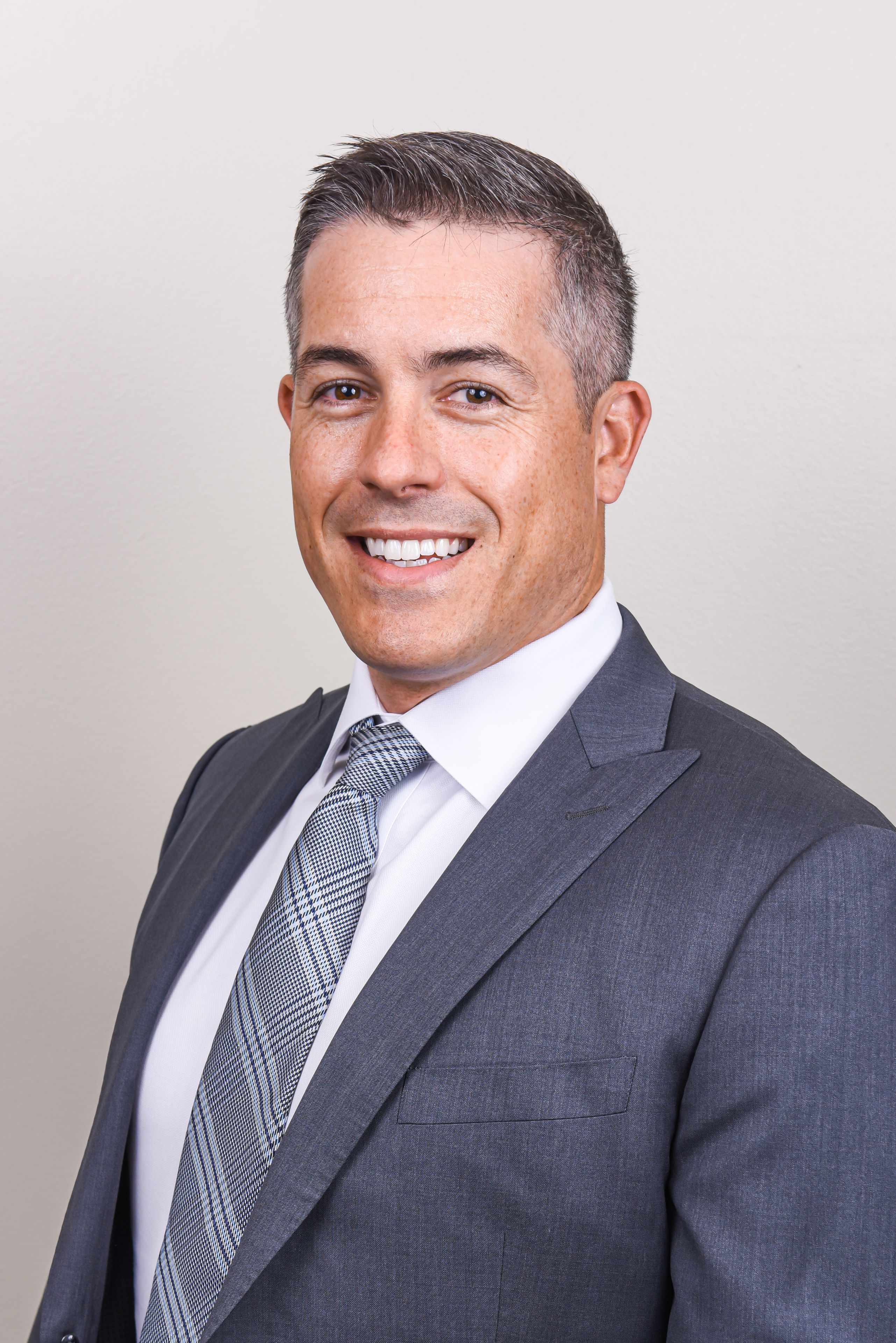Steve Glomski of Abra talks about connecting hospitals with IT talent
His new startup aims to make it easier for healthcare organizations to recruit the pros they need. He talked with Chief Healthcare Executive about the company and the changing role of IT.
While hospitals and health systems have generated headlines for their shortages of nurses and other key healthcare workers, they also are facing difficulties in finding talent in information technology.
Steve Glomski, founder and CEO of Abra (Photo courtesy of Abra)

Hospital IT departments face growing responsibilities, and they don’t always have the resources they would like, says Steve Glomski, CEO and founder of Abra, a company that offers a marketplace for IT talent to find work in the healthcare industry.
“One of the biggest challenges healthcare IT leaders have is they’re being tasked to do more with less,” Glomski tells Chief Healthcare Executive® in a recent interview.
At the same time, Glomski says there is plenty of healthcare IT talent available, but it’s difficult, and costly, for health systems to find and recruit those workers.
“We close that gap on missing information about the talent community,” Glomski says.
That’s where Glomski sees his young company finding a niche. Based in Florida, Abra launched in November 2022 and made its first trade show appearance at the ViVE Conference in Nashville in March.
Abra is set up specifically for finding IT talent in the healthcare industry, Glomski says. The company’s platform is designed to match talent that is best suited for current projects and openings in healthcare systems. Abra can help health systems find the right IT employees or contractors to bring on board, Glomski says.
Workers can download Abra’s free app to create profiles and highlight their skills. Glomski says the company’s technology enables workers to look at candidates best suited for their openings or projects, while avoiding spending time evaluating those who aren’t really equipped for those jobs.
Abra is designed to help lift some of the burdens from chief information officers at healthcare systems, Glomski says.
“I think that’s where Abra is relevant,” he says. “We help CIOs get their projects done in a more efficient way.”
Glomski says Abra can help health systems save money, as much as 20% to 40%, in searching for talent through traditional methods. He also suggests Abra can help save companies time in bringing people on by getting them access to talent that are suited for their jobs.
In healthcare IT environments, Glomski says staffing requirements can vary based on the organization’s needs, and systems can require more help when it’s time to engage in bigger projects.
“That fluctuation in demand makes it challenging for healthcare CIOs and leaders,” Glomski says, adding, “It’s a difficult environment to keep staff at the right level.”
Organizations can post openings and demand for work at no charge on Abra’s marketplace; the company collects a fee if there is a successful match.
Abra also offers employers assistance in interviewing, contracting, and onboarding candidates.
Hospitals and health systems typically expend a great deal of manual effort in efforts to recruit talent.
“Through Abra, all of that manual process is done through a sophisticated matching system,” Glomski says.
Abra stands out in being designed specifically for the IT market in healthcare organizations, which require different skills than some IT positions in other industries.
“It is much more complex than the traditional non-healthcare IT department,” Glomski says.
The implications of a technological mistake in healthcare can have grave consequences, he notes.
“Patients can die,” Glomski says. “You don’t have as much room for error in the healthcare environment.”
Healthcare executives have gained a greater appreciation for technology and efficiency at a time when hospitals and health systems are facing slender operating margins. The healthcare industry could save $25 billion annually by making the full transition to automating business transactions, according to CAQH, a nonprofit group pushing for more efficiency in innovation in the industry.
“Technology is a massive differentiator for healthcare organizations now,” Glomski says.
As hospitals are embracing technology in different ways, the role of the chief information officer is changing, Glomski says. The CIO is concerned about more than capturing data and billing correctly. Now, those leaders are tasked with finding ways to reduce some administrative headaches for clinicians battling burnout.
As Glomski says, “It’s about, how can we improve the experience for our patients? How do we improve the experience of our employees?”
With hospitals needing more from their information technology departments, Glomski says he’s optimistic about Abra’s prospects in helping organizations find the talent they need.
In addition to aligning talent with opportunities, Abra could eventually provide organizations with insight and data on purchasing products down the road, Glomski says.
“There’s so many new features we plan to build out,” he says.
Telehealth faces a looming deadline in Washington | Healthy Bottom Line podcast
February 12th 2025Once again, the clock is ticking on waivers for telemedicine and hospital-at-home programs. Kyle Zebley of the American Telemedicine Association talks about the push on Congress and the White House.